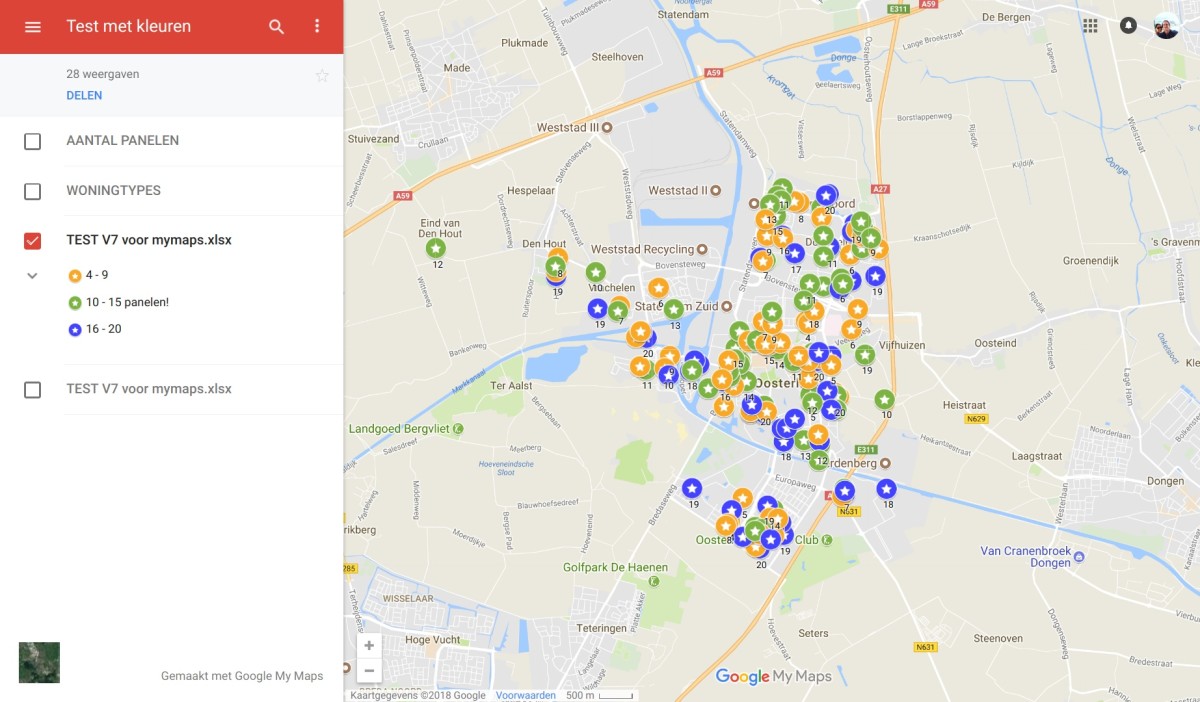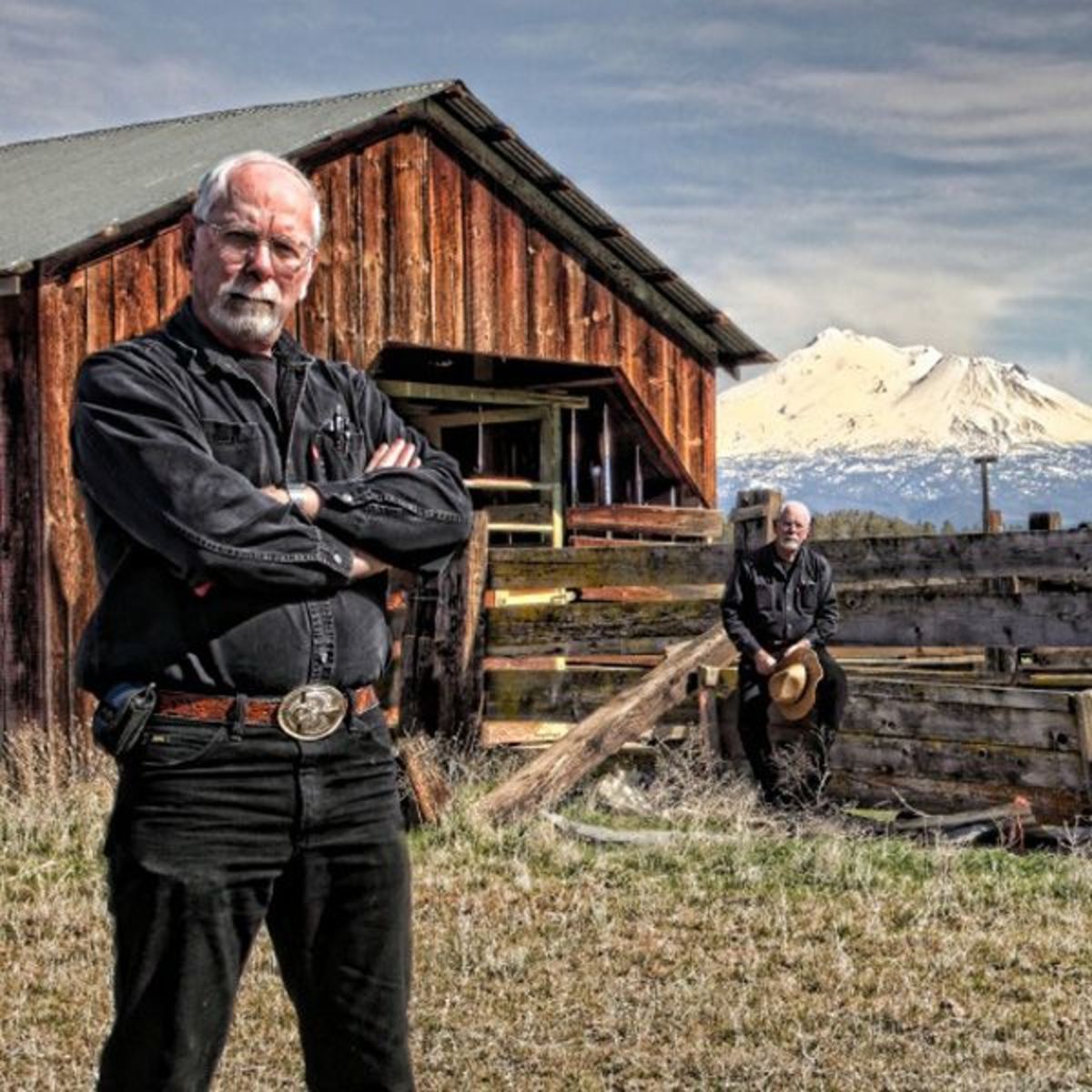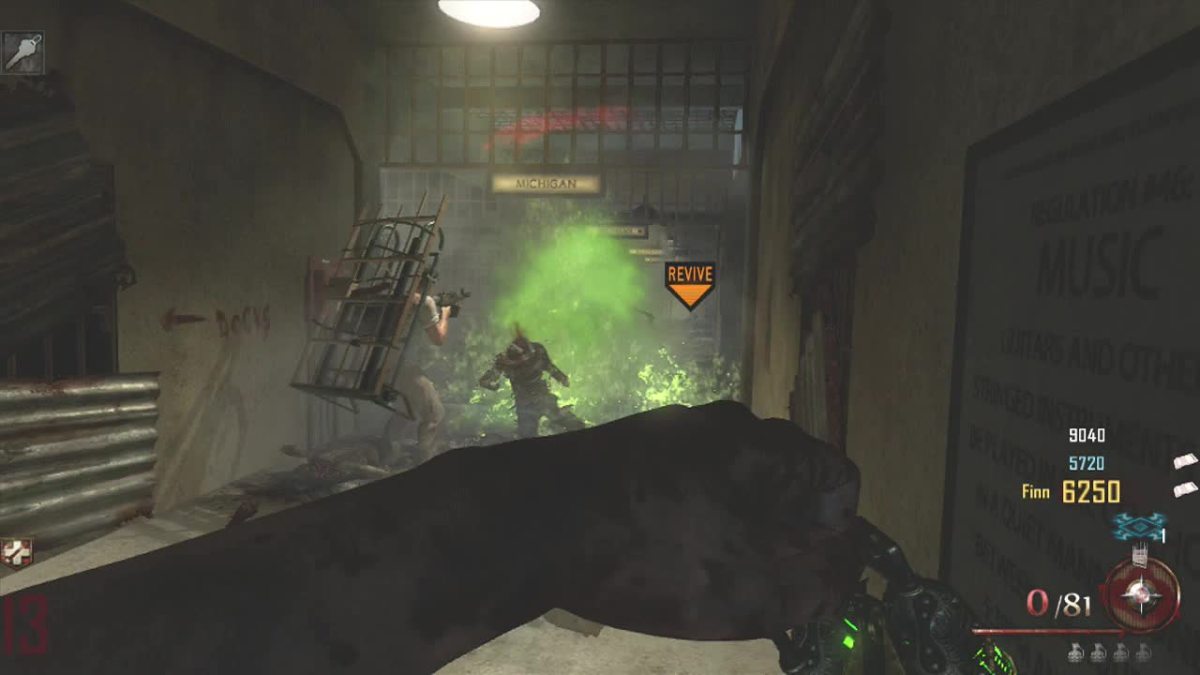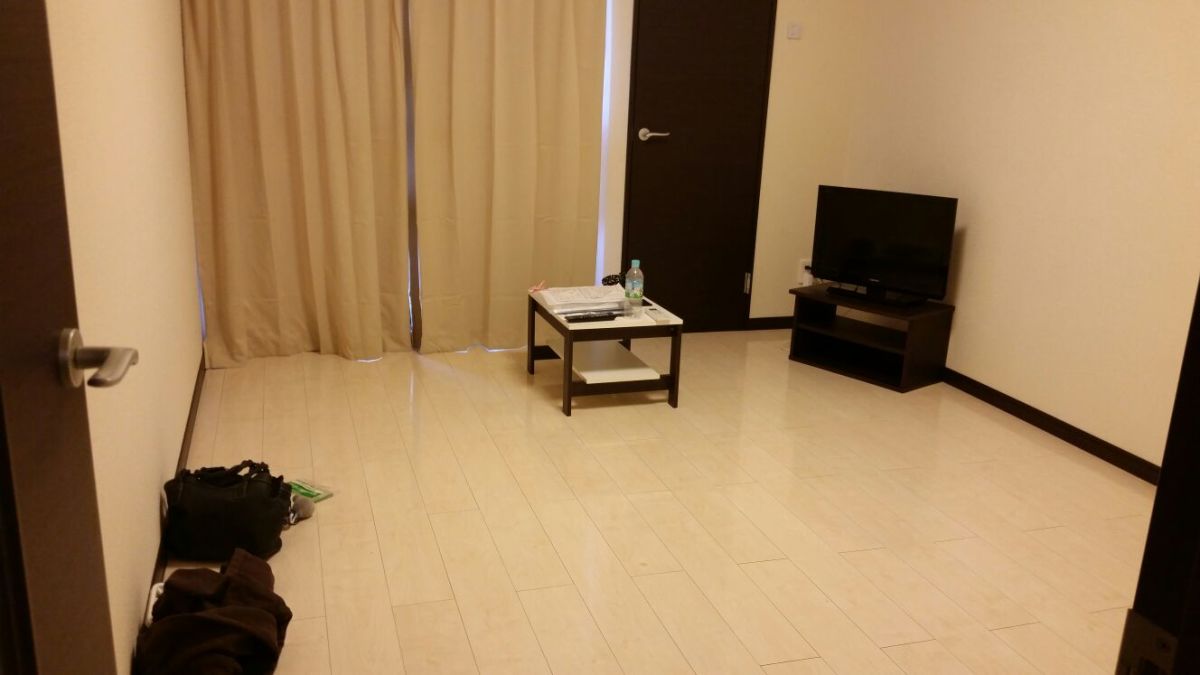Planning to Live Tiny: Part Three
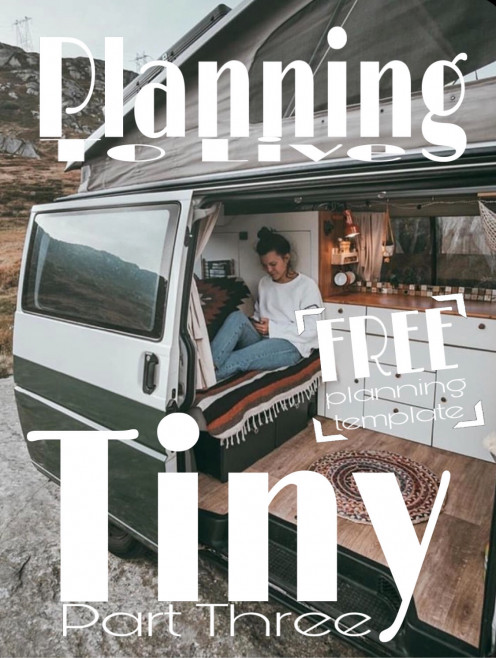
Welcome!
Welcome back to Planning to Live Tiny! This is part three. In this part, I will talk about planning your tiny home or camper van and what all you need to take. How much room will you want? What clothes do you need to take? Which vehicle would be your dream vehicle?
If you haven't checked out part one or two, now is a perfect chance to do that. I highly recommend that you do those steps first.
If you're tunning back in, welcome back! Let's plan a tiny home!
What Will You Take?
The first thing I wanted to focus on was what I was going to take. Depending on what all you take, you're going to need more storage. What you take with you also depends on where you are going and for how long.
With that said, I started out by getting out my Trip Planner from part two. In another tab, I opened up a blank Google doc and made another chart. I did three columns and one row for every location. I labeled the columns: location, what, and how many. Below the chart, I made a list of things I will need no matter where I go.
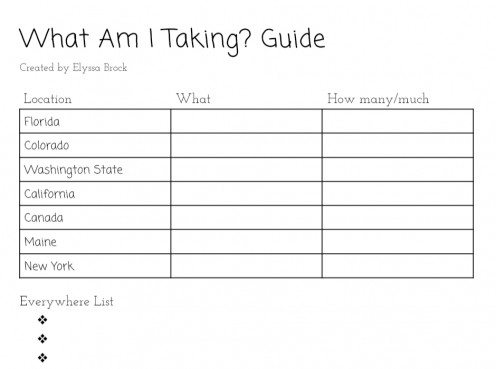
Everywhere List
I started off with the easiest part of this template: things I will need everywhere. These are the things you will use no matter the weather, things you will never have to swap out at different locations.
I broke this part down into parts as well. I started with categories and under those, added what's in that category.
This is how mine looks:
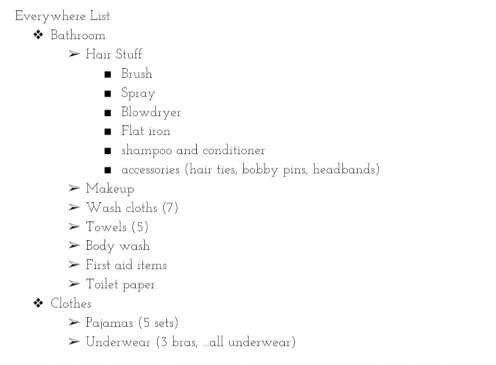
If you need help on some ideas for categories, here are a few I used:
- Bathroom
- Bedroom
- Kitchen
- Hobbies
- Pets
- Cleaning Supplies
- Electronics
- Decor Items
There’s tons of thing that can fit under each of those categories so keeping them organized is a huge deal to me. If you’re anything like me, you don’t want to forget something and have to rebuy it.
Location Lists
After getting the basics down, I went back to researching my locations.
I first searched for temperatures, precipitation and severe weather for those places. While typically these things can be pretty easy to just think about, another thing to consider is what you plan on doing. Maybe somewhere won't have the best places for swimming, but will there be indoor pools nearby that you will want to use? Maybe there will be places to hike. Whatever the reason, there may be things to take that are location specific.
I also changed my table in this step. I will be visiting multiple locations at some point without traveling back home. I grouped my locations based on when I will be at home. This makes it easier than typing out a list for every state because some things can be used in multiple locations.
Here is how mine turned out:
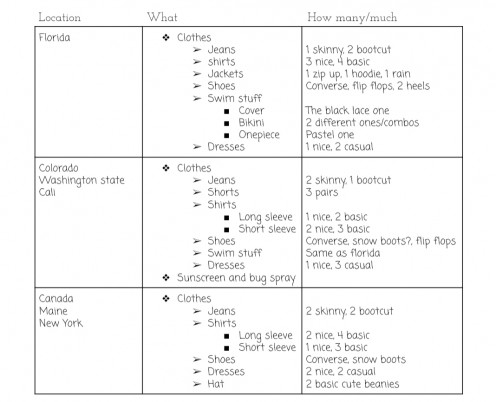
How much space will you need?
Everyone will need a different amount of space. I will need a little more because I plan on bringing my cat. I need to plan for a litter box and food dishes. Maybe you will also be taking a pet. Maybe you will be taking larger items, such as bikes or a surfboard, for certain locations.
I started by researching different types of vehicles that I think are good for conversions and researched to find their interior dimensions. Those can be found in the table below.
The links to each customizable van are below the chart.
Vehicle
| Interior Dimentions
|
|---|---|
2019 Mercedes-Benz Sprinter Passenger Van
| Length: 132.9 inches. Height: 67.7 inches. Width: not found.
|
2020 Ford Transit-350 Passenger Van XL
| Length: 236-264 inches. Height: 82-108 inches. Width: 81 inches.
|
2018 Volkswagen Transporter TDI400 T6 LWB Auto 4Motion
| Length: 118.1 inches. Height: 64.3 inches. Width: 66.9 inches.
|
Ram ProMaster 1500 Cargo High Roof
| Length: 106.7 inches. Height: 66.3 inches. Width: 75.6 inches.
|
(2006-2017) Volkswagen Crafter
| Length: 102.3-185 inches. Height: 64.9-84.2 inches. Width: 70 inches.
|
Dog Nose 35 Foot School Bus
| Length: 31 feet. Height: 6-6.5 feet. Width: 7.5 feet.
|
Pros and Cons
Every vehicle mentioned above also has it's own pros and cons that you will have to consider. Some will get better gas mileage than others. Some will be more expensive than others. I decided to stick to just researching and really looking at the vehicle I think I would prefer. The pros and cons of that vehicle are in the table below.
The pros and cons of the other vehicles can be found with the links provided below the table.
2018 Ford Transit Pros and Cons
Pros
| Cons
|
|---|---|
Multiple engine choices
| No 4WD
|
Good steering and handling
| Options get expensive
|
Comfortable seats
| Lower towing weight
|
Can still tow my Fiat 500 Sport
| |
Good ride quality
| |
Rearview camera
| |
Fuel economy
|
Info found at https://www.car-buying-strategies.com/Ford/2018-Tr...
Finish
That was a lot of work and information for this part so I am going to wrap things up here.
It is important that I mention that the vehicle I selected in this part will not be what I end up getting. These are the newer models of these vehicles and because of that, they are way more expensive than what I could buy pre-owned. This will be a major help in finding that perfect pre-owned vehicle, though. I can find something as close to the vehicle I picked here and compare the two.
Take your time on this step. There's lots to consider and many, many different options available.
In the next part of Planning to Live Tiny, we will take a closer look at your vehicle's interior dimensions and focus on the layout you would like to have. See you next Monday!
This content is accurate and true to the best of the author’s knowledge and is not meant to substitute for formal and individualized advice from a qualified professional.
© 2020 Elyssa Brock

